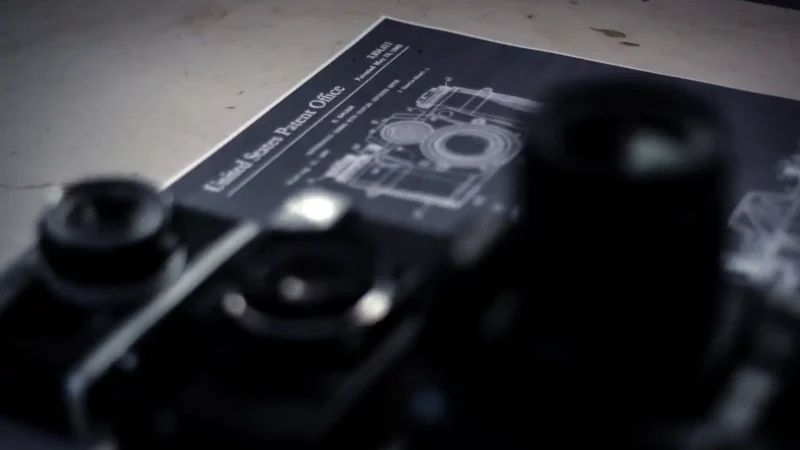Preparing a European patent application How to prepare a European patent application? The following article describes a drafting process...
read more >>Patent and Trademark Law Firm
Bauer-IP is an Intellectual Property - Patent and Trademark law firm in Europe. The main focus is directed to Patent, Design and Trademark Prosecution, Litigation, Intellectual Property Contract, Licence Agreement, and Intellectual Property Management.


Patents
Patent protection for your inventions. International proceeding according to PCT, European Patents, Patent in the Czech Republic, Luxembourg, Belgium and Germany. We are providing expert guidance and strategic solutions to help you navigate the complex process and ensure maximum intellectual property protection throughout Europe.

Trademarks
Protection for your brand across Europe with a European trademark, Czech Trademark, Benelux or German Trademark. We are offering comprehensive services to register, enforce, and manage your trademarks, ensuring strong brand recognition and legal protection throughout the European market.

Designs
Registered design protection for your industrial design. Registration of community design (EU). We are providing expert guidance and strategic solutions to help you navigate the complex process and ensure maximum intellectual property protection throughout Europe.

Utility Models
Utility model protection in the Czech Republic and Germany. It is a short term IP rights. Examination and grant of a patent usually take several years.

Litigation and IP Disputes
We are helping our client in complex European intellectual property litigation. We are handling IP disputes and will provide strategic guidance and effective enforcement of your rights and protection of your interests in a court proceeding before Unified Patent Court, European Court of Justice and Czech Municipal court in Prague.
Are you interested in our services in the field of European, international or national patent, trademark, utility model, design or unfair competition protection?
news and articles
Patent Application in Luxembourg
Patent application Luxembourg, representation, online patent filing, patent application process, Luxembourg patent attorney
read more >>Trademark and Design protection
Trademark and Design Protection in the European Union (EU), facilitated by professional representation at the EUIPO. Intellectual property through...
read more >>


